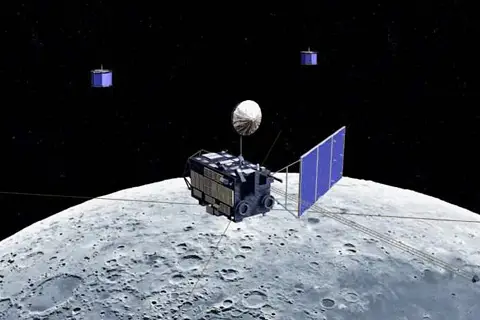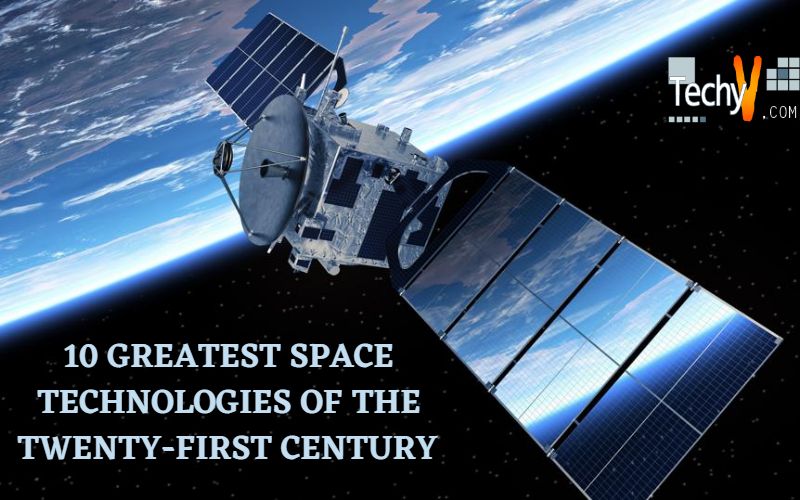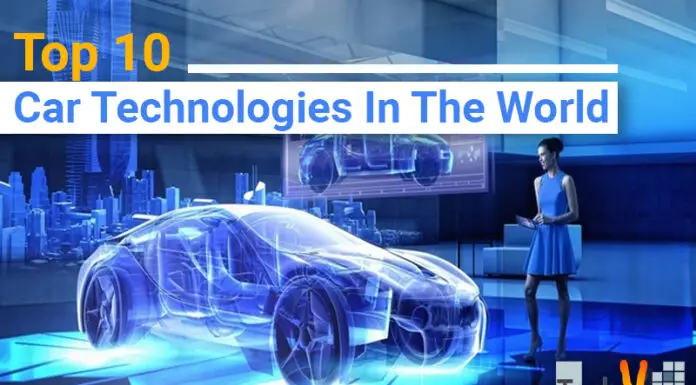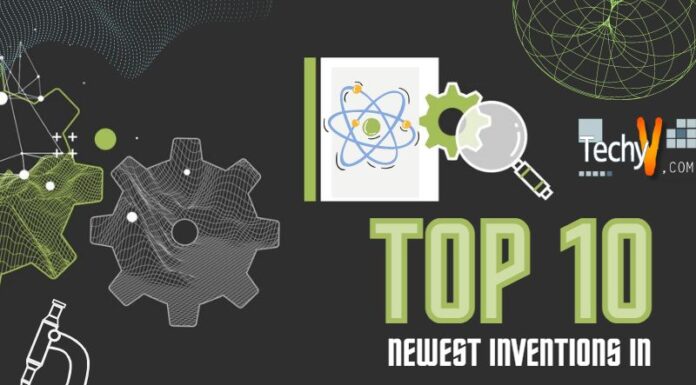The twenty-first century would be the full, bright daybreak of spaceflight if the twentieth century were its dawn. Robots and probes are exploring our solar system, and the International Space Station is a permanent station in orbit with telescopes that survey the entire galaxy and close-by objects. Additionally, the Falcon 9 rocket launched by SpaceX and the International Space Station successfully docked, ushering in the era of commercial space travel. These five amazing technologies define what space exploration will look like in the twenty-first century.
1. Hubble Space Telescope
The Hubble has provided us with views of the cosmos that would have been unattainable for Earth-based telescopes thanks to its solar power and array of equipment and cameras for taking pictures of deep space. Hubble has allowed us to identify quasars, determine the origin of the universe’s age, find dark energy, and observe innumerable galaxies at all stages of their life cycles.
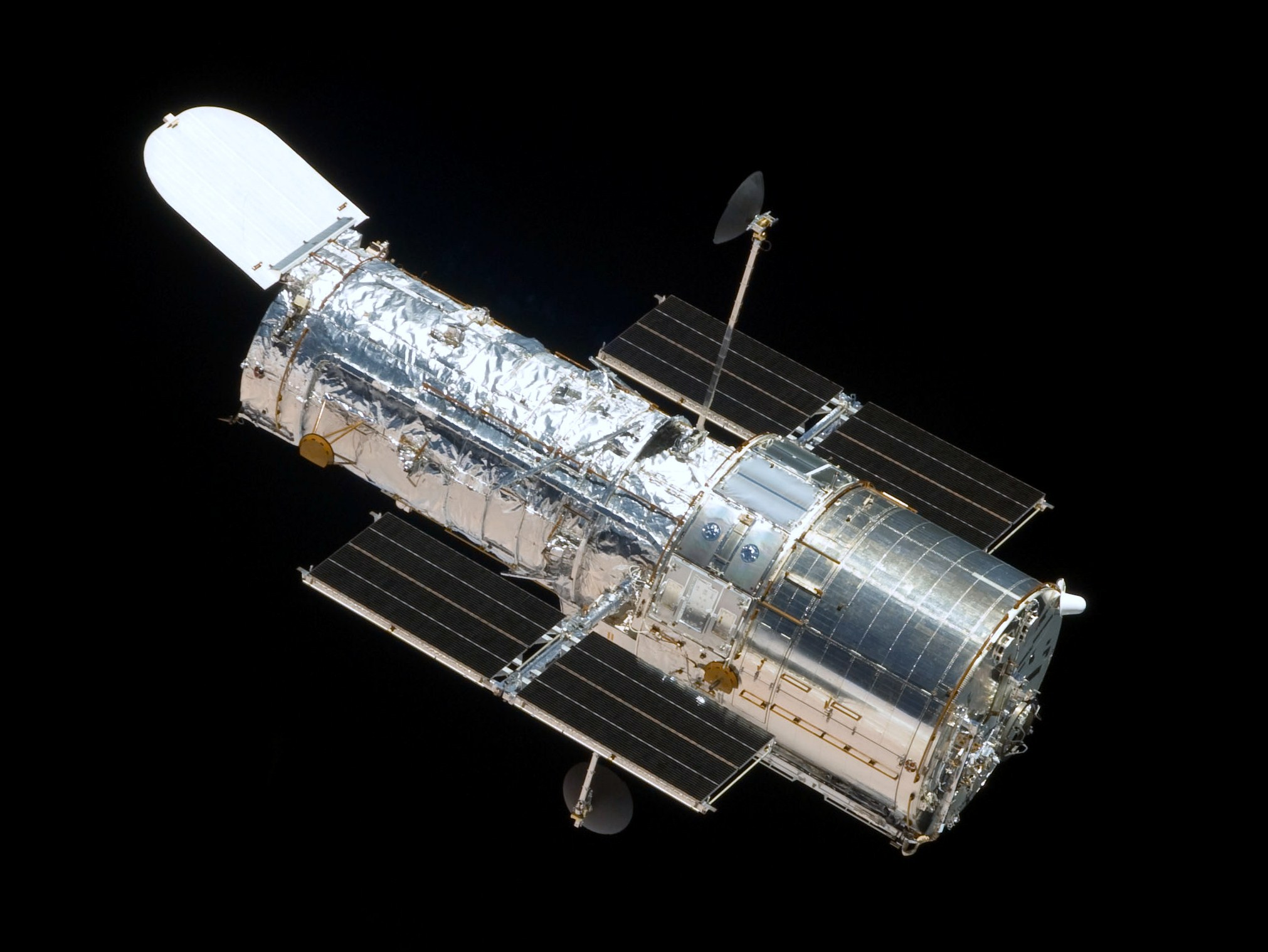
2. Cassini-Huygens Probe
NASA and ESA collaborated on the Cassini-Huygens project. NASA’s Cassini probe launched the ESA’s Huygens probe into Titan’s atmosphere when it reached Saturn in 2004. Titan is a mysterious moon of Saturn with a dense atmosphere and weather that is startlingly comparable to Earth’s. Have you recently seen a stunning image of Saturn? That is because of Cassini.
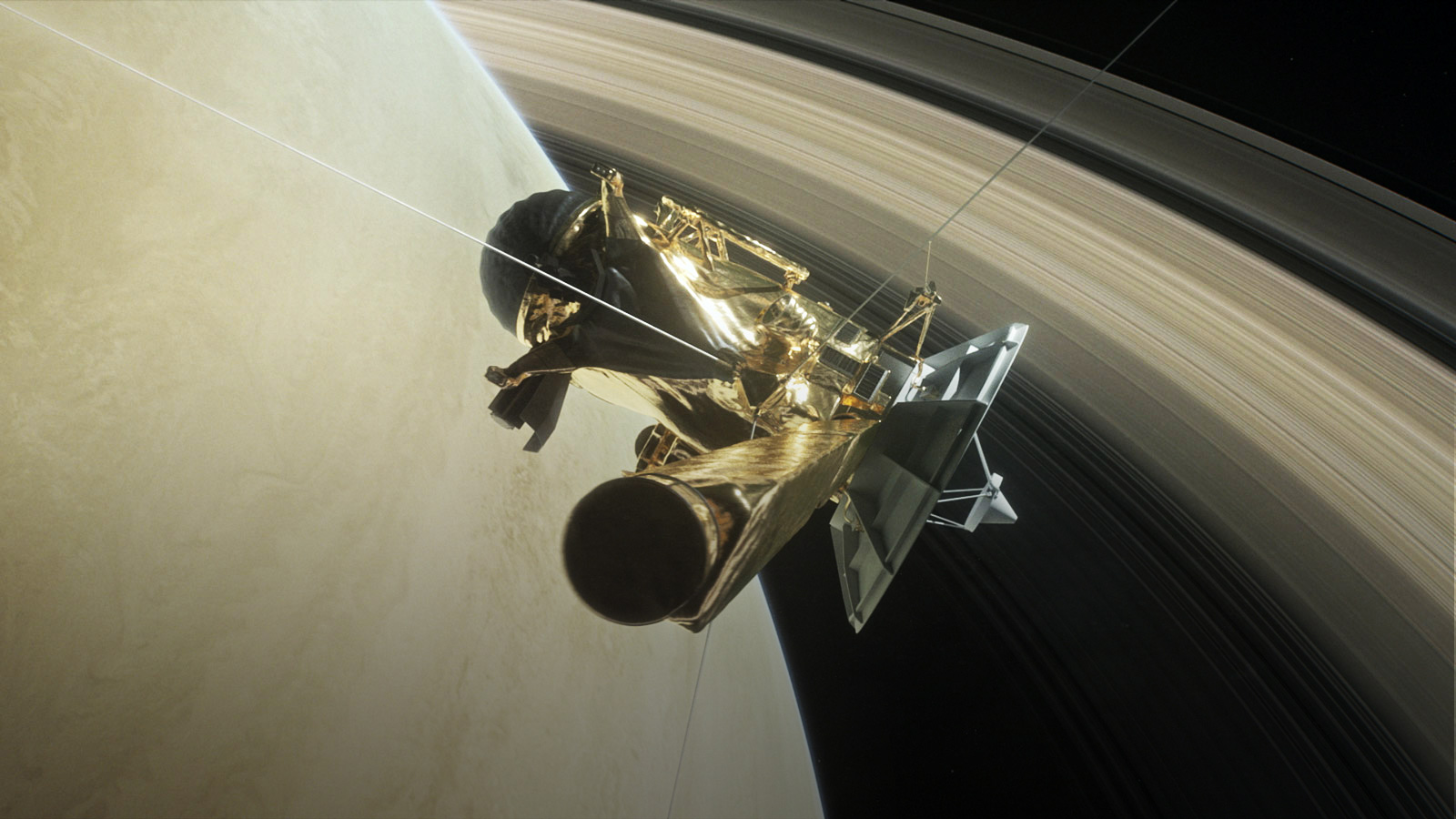
3. Kepler Spacecraft
The only objective of this low-cost orbiting telescope, launched in 2009, is to find exoplanets in the Milky Way galaxy. Since then, “2,740 possible planets orbiting 2,036 stars” have been found, according to NASA. Our idea of where we fit within the galaxy and the cosmos has changed because we have discovered many planets, only a small portion of what is probably out there.
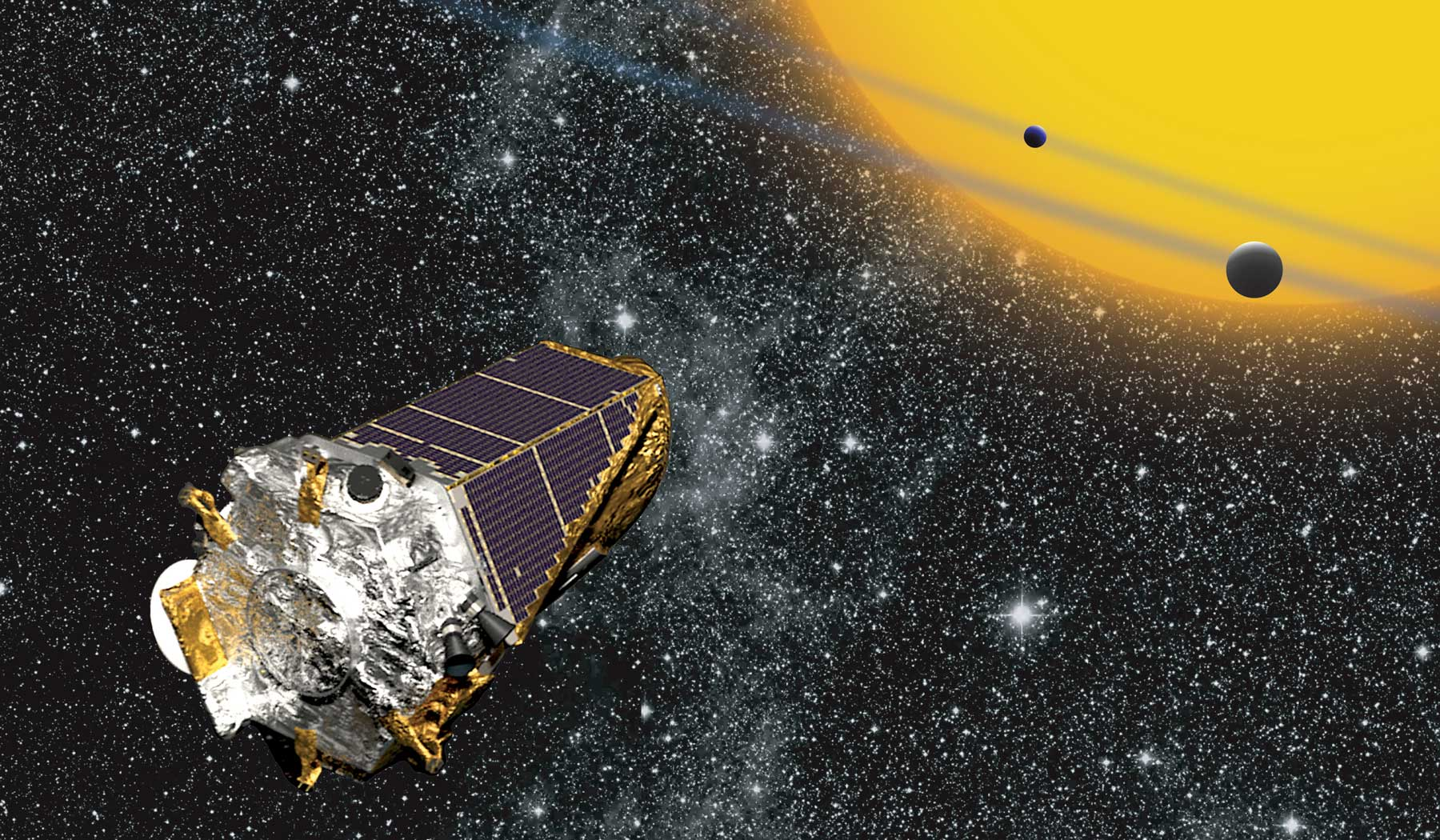
4. Curiosity
The most powerful robot to ever set wheels upon the Martian regolith captured a self-portrait in the above image. It joins Spirit and Opportunity, its older siblings, but with a more potent collection of instruments and a wider variety of equipment.
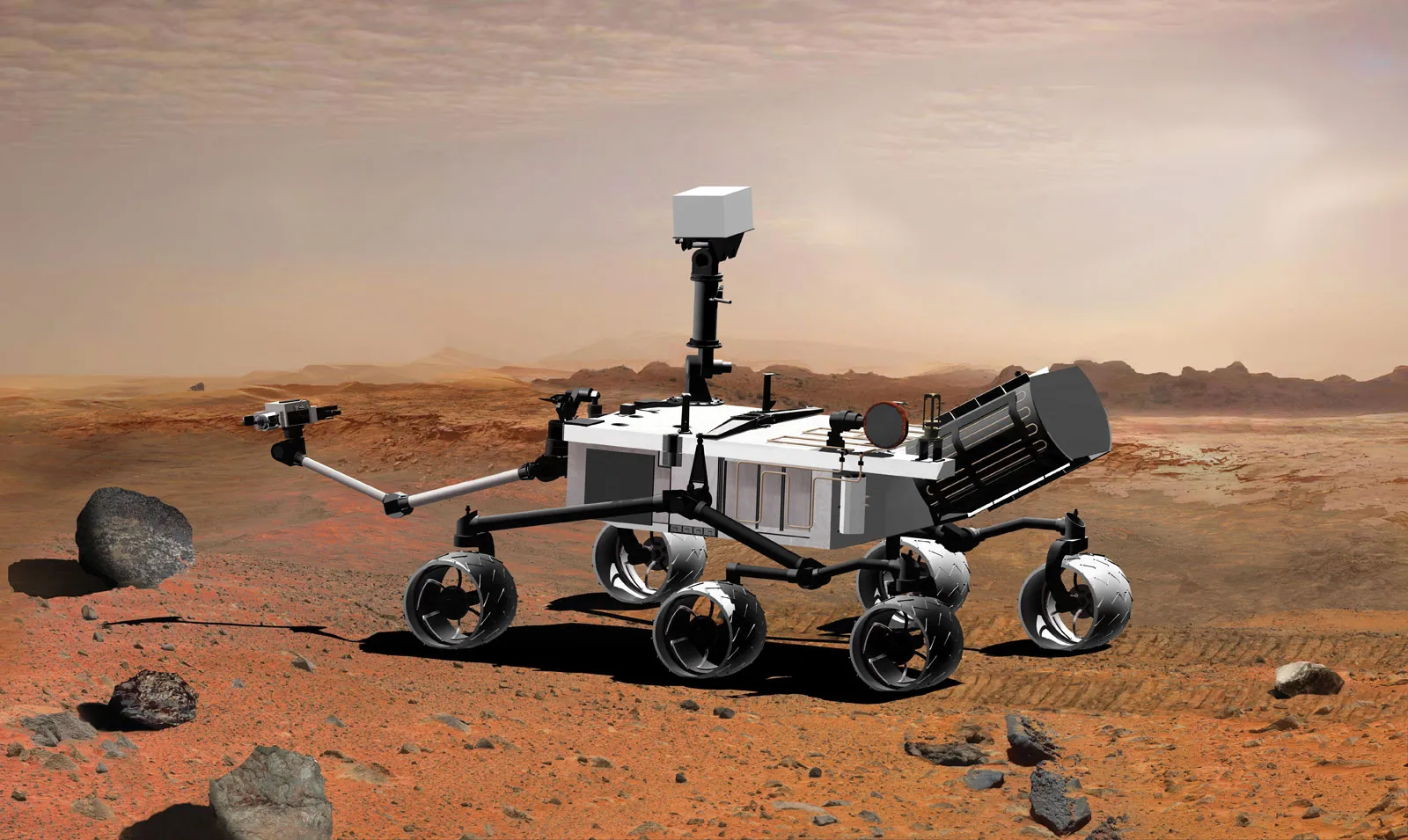
5. Mars Reconnaissance Orbiter
The Mars Reconnaissance Orbiter (MRO), which NASA launched in 2005 and is now in orbit around Mars, investigates the origins of water on the planet. The geological features of the Martian surface. Canyons that the water may have carved out are being examined, and the chemical composition of the Martian surface is being determined using a spectrometer.
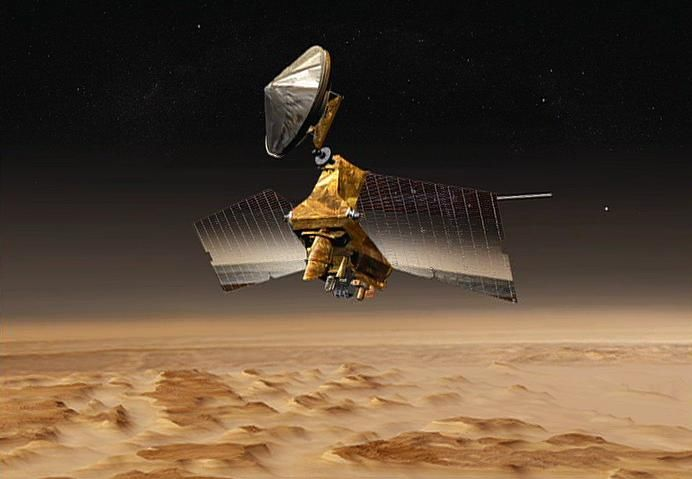
6. NeoWISE Probe And WISE
In its brief existence as a probe, the Wide-field Infrared Survey Explorer completed two missions. Initially, it carried out one of the most thorough galaxy scans, finding everything from brown dwarf stars (frequent candidates for planets) to stellar nurseries.
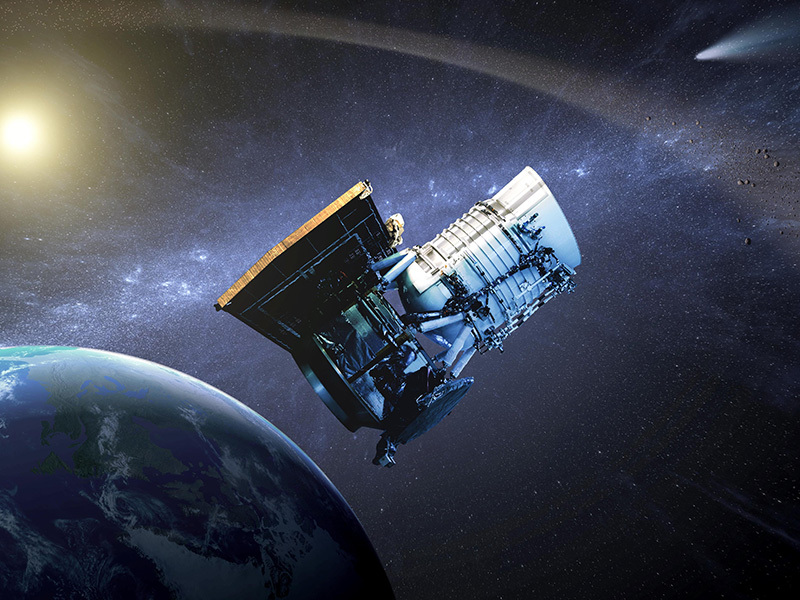
7. Spirit And Opportunity Rovers
This image illustrates the tracks that the rover Opportunity left behind. Spirit and Opportunity, two robotic rovers that traveled over the surface of Mars and lasted many years longer than the mission’s expectations are similar to the MSL.
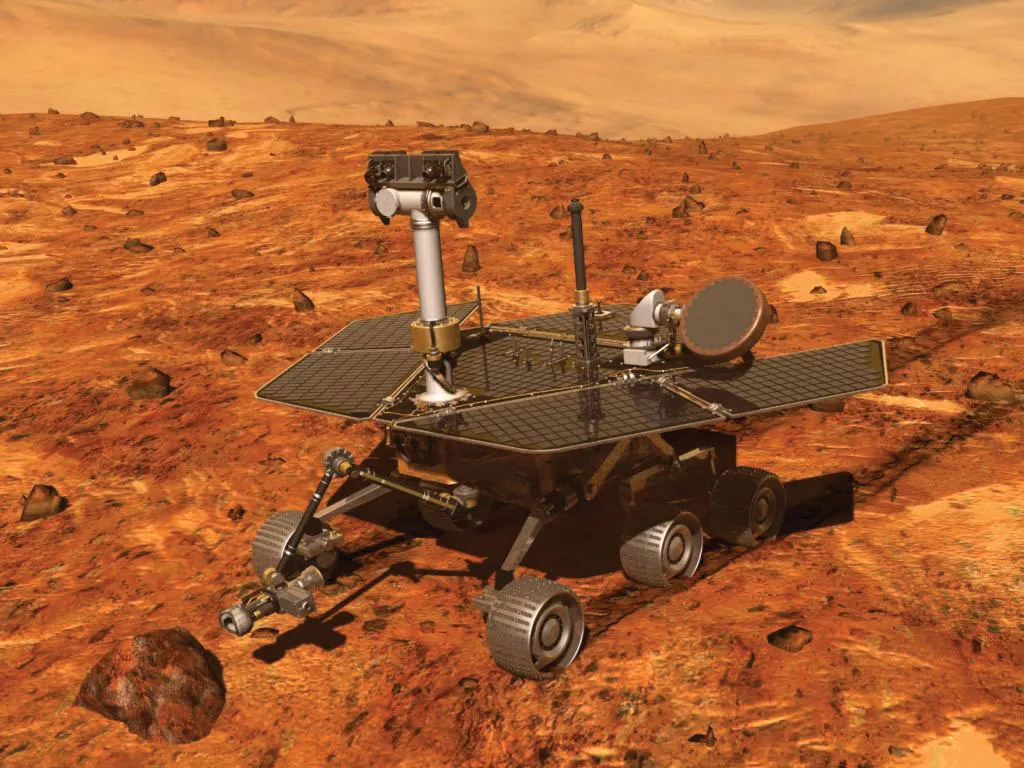
8. SpaceX’s Falcon 9 Rocket
Even while the SpaceX Falcon 9 rocket may not have marked a significant advancement in technology, it was revolutionary in terms of what it meant for the future of the commercial space flight sector.
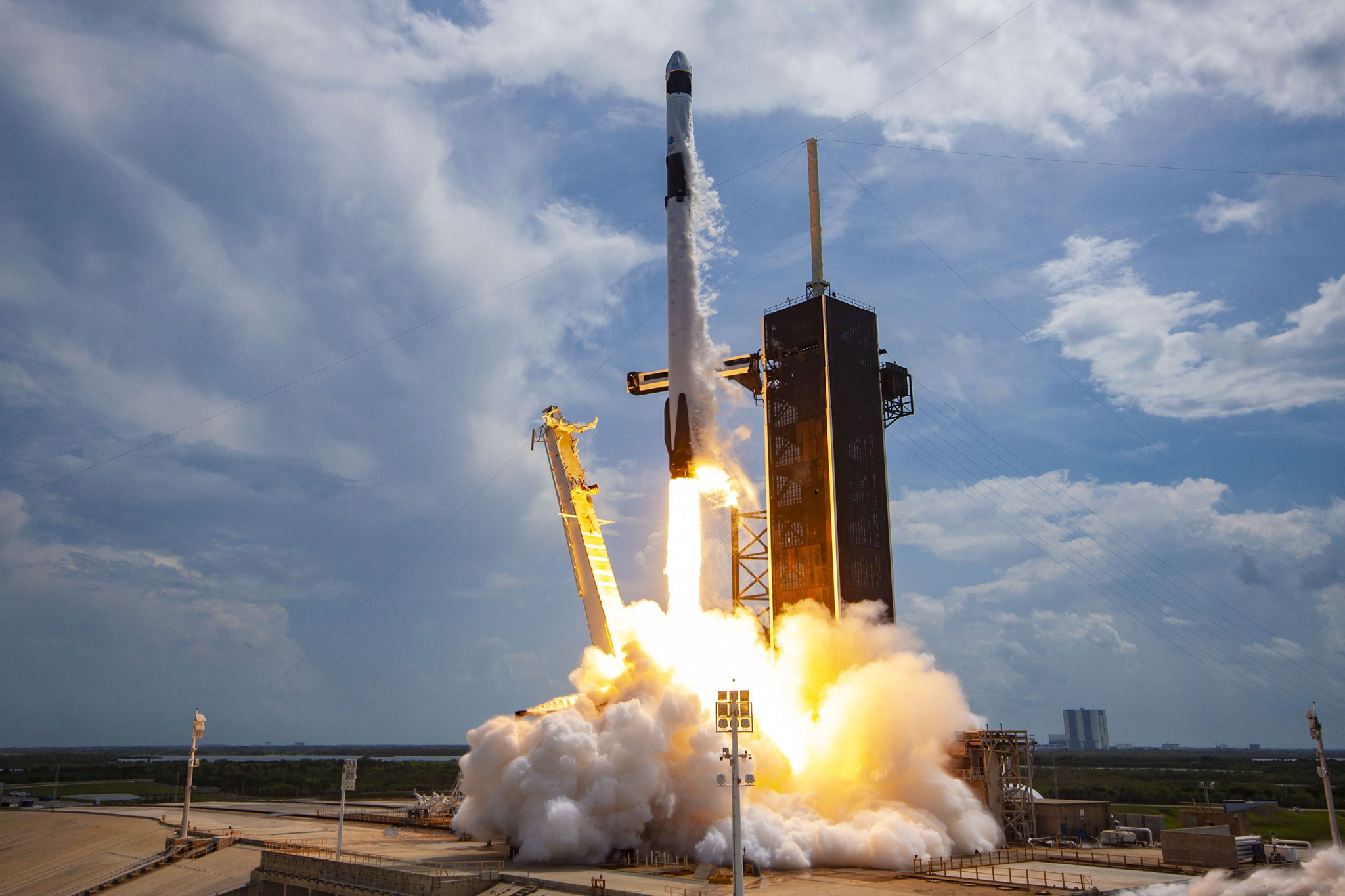
9. International Space Station
The first flight to the ISS launched in late 2000, ushering in the new millennium and the new century with the first orbital space station made specifically for extended stays.
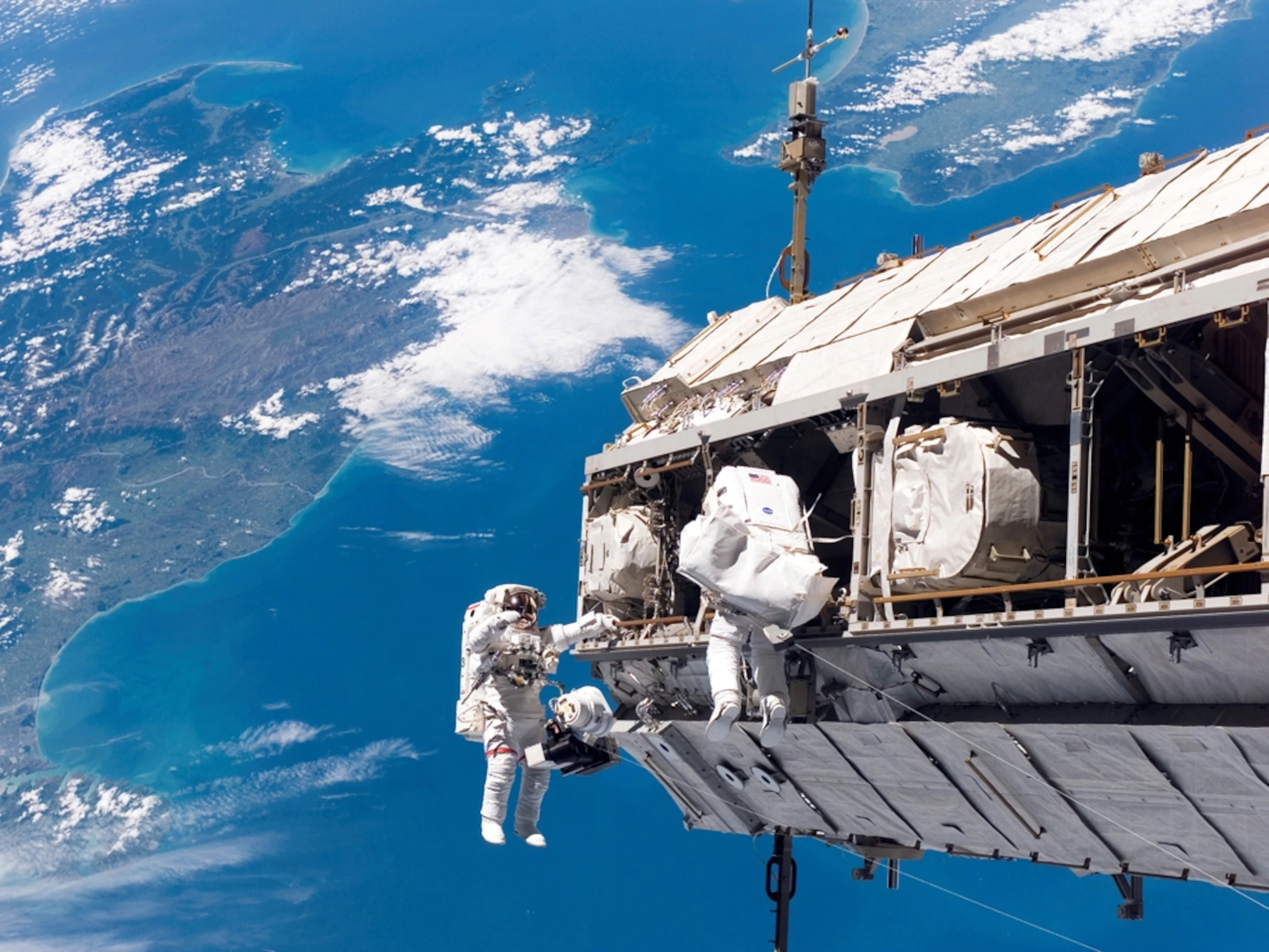
10. SELENE Lunar Orbiter
This lunar satellite was launched by the Japanese space agency JAXA in 2007. Scientists named it Kaguya in honor of the Japanese moon princess, and its purpose was to investigate the lunar magnetic field and geology. Additionally, it provided us with the most accurate, detailed mapping of the lunar surface ever created, leading to incredible films like this one.
